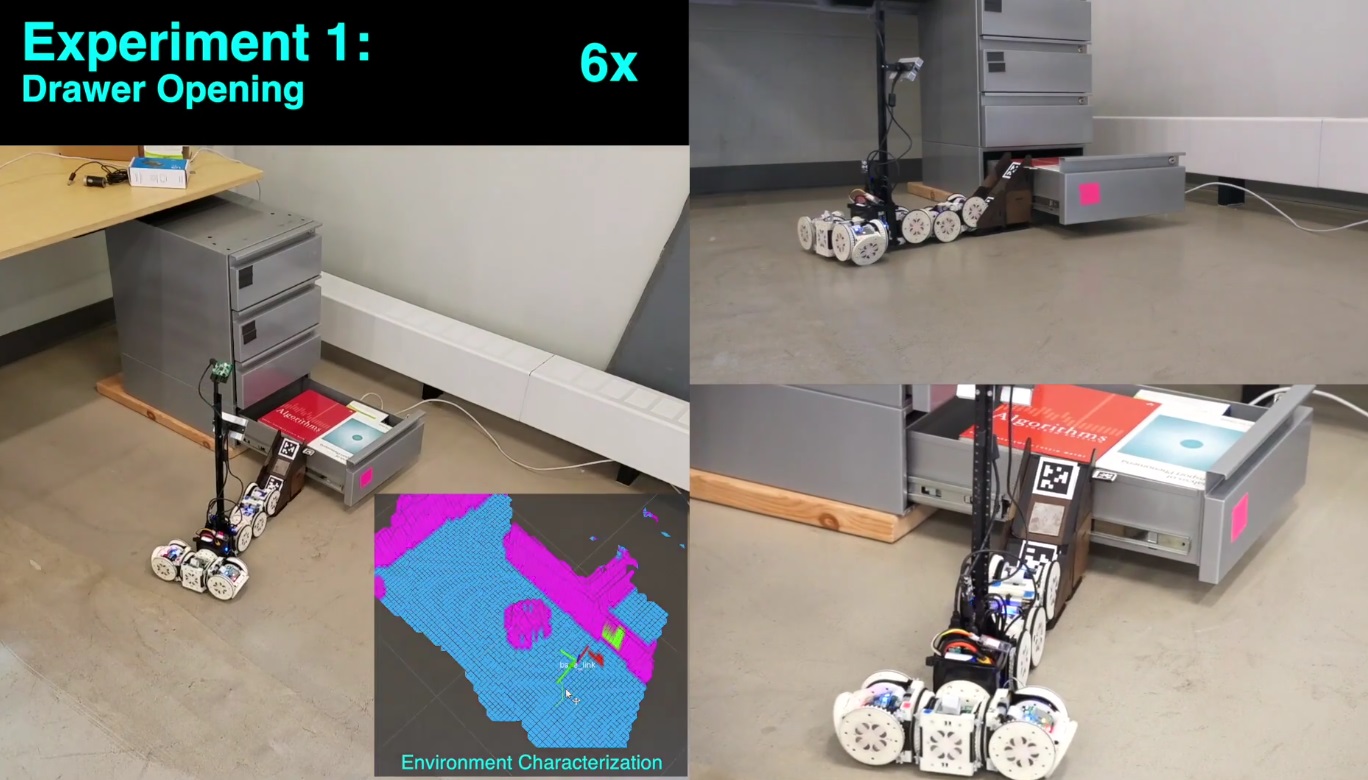Box announced today that it has purchased Progressly, a Redwood City startup that focuses on workflow. All 12 Progressly employees will be joining Box immediately. They did not disclose the purchase price.
If you follow Box, you probably know the company announced a workflow tool in 2016 called Box Relay along with a partnership with IBM to sell it inside large enterprises. Jeetu Patel, chief product officer at Box says Relay is great for well defined processes inside a company like contract management or employee on-boarding, but Box wanted to expand on that initial vision to build more complex workflows. The Progressly team will help them do that.
Patel said that the company has heard from customers, especially in larger, more complex organizations, that they need a similar level of innovation on the automation side that they’ve been getting on the content side from Box.
“One of the things that we’ve done is to continue investing in partnerships around workflow with third parties. We have actually gone out and built a product with Relay. But we wanted to continue to make sure that we have an enhancement to our internal automation engine within Box itself. And so we just made an acquisition of a company called Progressly,” Patel told TechCrunch.
That should allow Box to build workflows that not only run within Box, but ones that can integrate and intersect with external workflow engines like Pega and Nintex to build more complex automation in conjunction with the Box set of tools and services. This could involve both internal employees and external organizations and moving content through a much more sophisticated workflow than Box Relay provides.
“What we wanted to do is just make sure that we double down in the investment in workflow, given the level of appetite we’ve seen from the market for someone like Box providing a solution like this,” Patel explained.
By buying Progressly, they were able to acquihire a set of employees who have a focussed understanding of workflow and can help continue to build out that automation engine and incorporate it into the Box platform. Patel says how they could monetize all of this is still open to discussion. For now, the Progressly team is already in the fold and product announcements based on this acquisition could be coming out later this year.
Progressly was founded in 2014 and was headquarted right down the street from Box in Redwood City. The company has raised $6 million, according to data on Crunchbase.

 As we have recently said, we do not want to abandon crypto activity in the Polish community,” wrote BitBay.
As we have recently said, we do not want to abandon crypto activity in the Polish community,” wrote BitBay.


 It also knows how to interact with certain objects, and what they do; for instance, it can use its built-in magnets to pull open a drawer, and it knows that a ramp can be used to roll up to an object of a given height or lower.
It also knows how to interact with certain objects, and what they do; for instance, it can use its built-in magnets to pull open a drawer, and it knows that a ramp can be used to roll up to an object of a given height or lower.